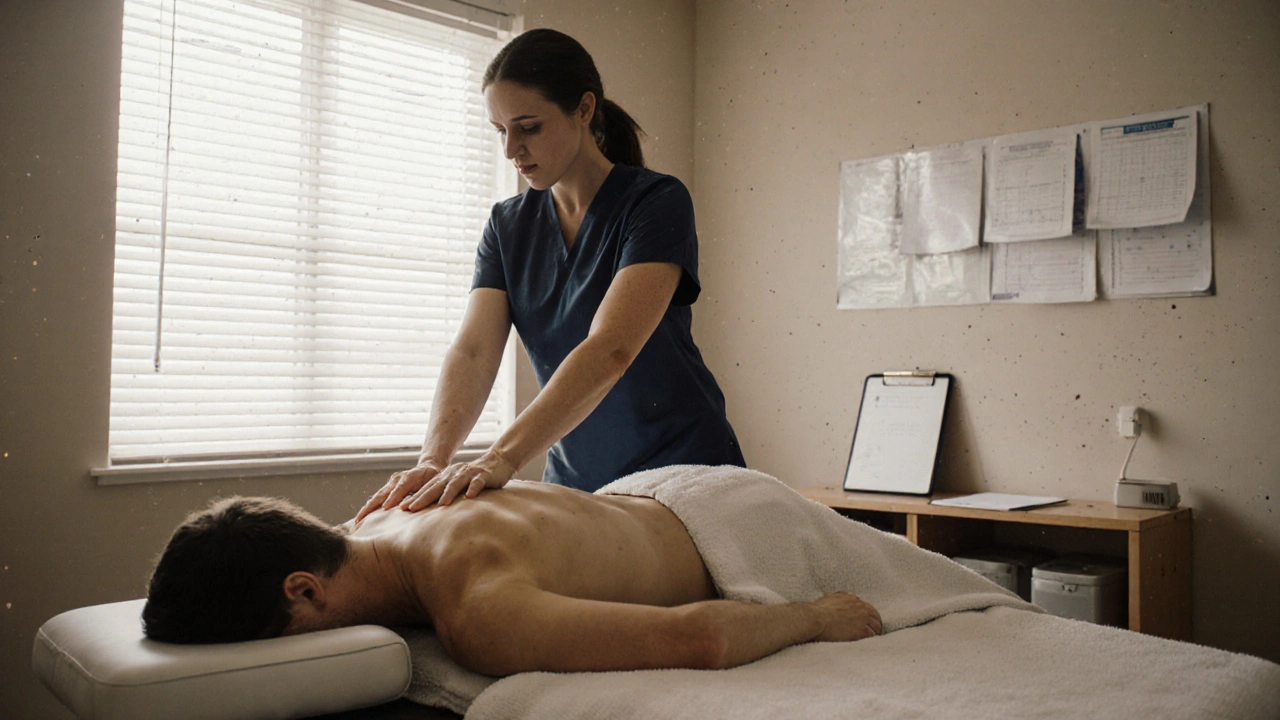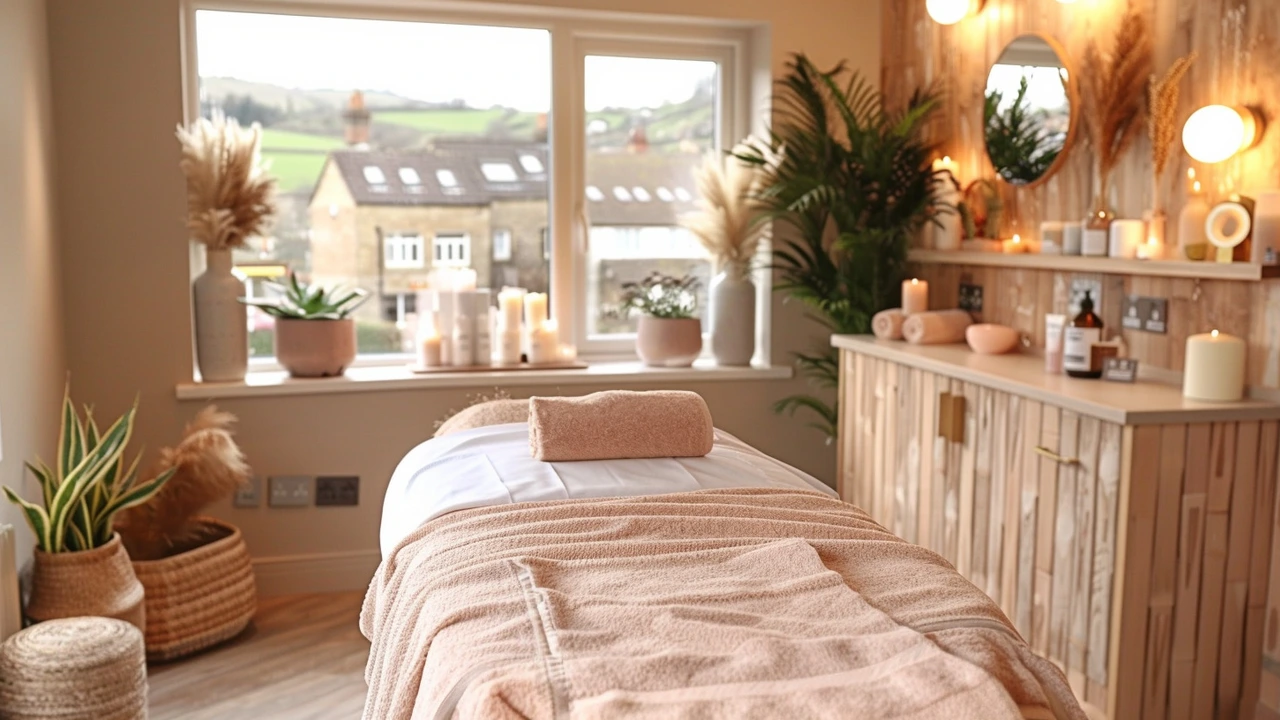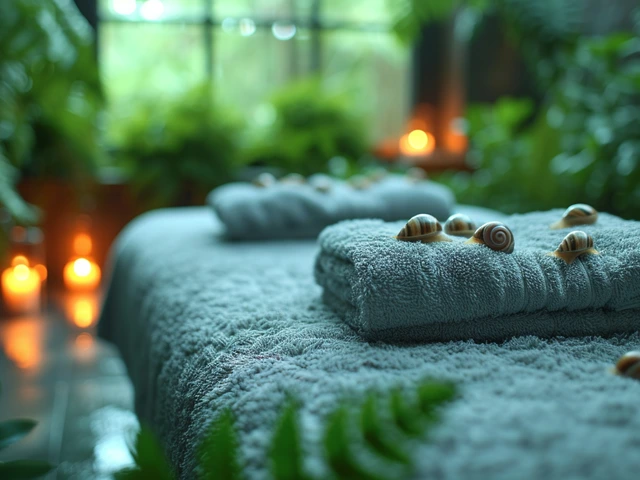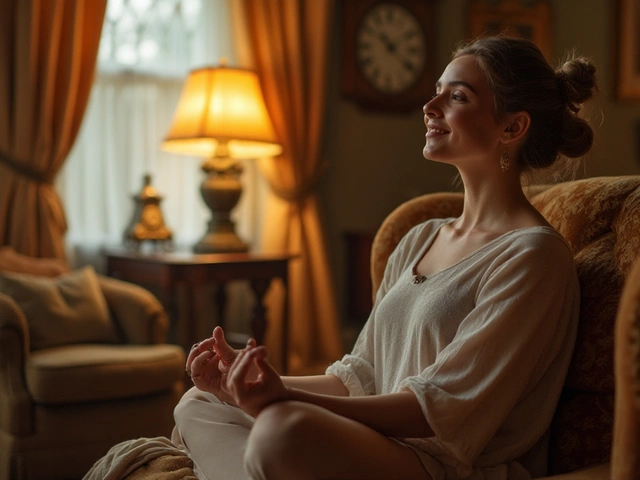Therapeutic Massage: Practical Tips for You and Your Dog
Therapeutic massage helps with pain, tension, recovery, and calm—whether you’re an athlete or caring for a senior dog. This page gives clear, useful tips so you know which type to try, what to expect from a session, and simple moves you can use at home. No jargon, just actionable steps that get results.
Types of therapeutic massage and when to pick them
Sports massage targets tight muscles and speeds recovery after exercise. If you train a lot or have a dog that’s active, this one helps reduce stiffness and lowers injury risk. Myofascial release loosens tight connective tissue and can relieve long-term stiffness or limited range of motion. Choose it when knots won’t go away with normal stretching.
Neuromuscular or trigger-point therapy focuses on specific painful spots. It’s useful for chronic pain that follows a pattern, like recurring neck pain or shoulder pain. Ayurvedic and gentle relaxation massages work well when your goal is stress relief, better sleep, or overall calm for you or an anxious pet.
Maya abdominal massage and polarity work are more specialized. They can support digestion or energy balance in people but should be done by trained therapists. For dogs, stick to proven, gentle bodywork methods unless a certified canine therapist recommends something else.
Quick at-home techniques and safety
Start with light, steady strokes. For people and dogs, keep pressure comfortable and watch for signs of pain or avoidance. A good basic routine: warm the area with a few minutes of light stroking, follow with deeper long strokes along the muscle, and finish with gentle kneading. For dogs, let them sniff and relax first; work in short 3–5 minute sessions at first.
Know when to stop. Avoid massage over open wounds, inflamed joints that are hot and swollen, or right after major surgery unless cleared by a vet or doctor. If pain increases or unusual swelling appears after a session, get professional advice. For chronic conditions, plan a short trial with a licensed therapist and track how you or your dog feel over 2–4 weeks.
Finding a therapist: look for clear credentials, good reviews, and someone who explains their plan. Ask if they’ve worked with your specific concern—athletes, older adults, or dogs. A short consultation should answer what techniques they’ll use, how many sessions they recommend, and realistic outcomes.
Want to read more? We have practical posts on sports massage, myofascial release, neuromuscular therapy, Ayurvedic massage, and canine massage tips. Try one small change—add two weekly 10-minute sessions—and notice how movement, sleep, or mood improves.

Rediscover Health and Wellness with Medical Massage
Medical massage is a targeted therapy for chronic pain, injury recovery, and mobility issues - not just relaxation. Learn how it works, who it helps, and how to find the right therapist.

Unwind Effortlessly with Lomi Lomi Massage
Discover the soothing world of Lomi Lomi massage, a traditional Hawaiian technique that blends rhythm and touch to promote deep relaxation and healing. Learn how this unique form of massage not only relieves physical tension but also promotes emotional well-being. With tips on what to expect during a session and its historical significance, this guide takes you through the essentials. Perfect for anyone seeking a holistic approach to relaxation.

Exploring the Benefits of Creole Bamboo Massage: A Relaxation Technique
Dive into the soothing world of Creole bamboo massage, a distinctive relaxation technique that combines traditional healing practices with modern therapeutic approaches. This article elaborates on how this unique massage form leverages the natural properties of bamboo to alleviate stress, improve circulation, and enhance overall wellbeing. Readers will learn about the science behind bamboo massage, its benefits, and tips on how to incorporate this therapeutic practice into their wellness routine.

Exploring the Wonders of Snail Facial Massage
Oct, 10 2023



